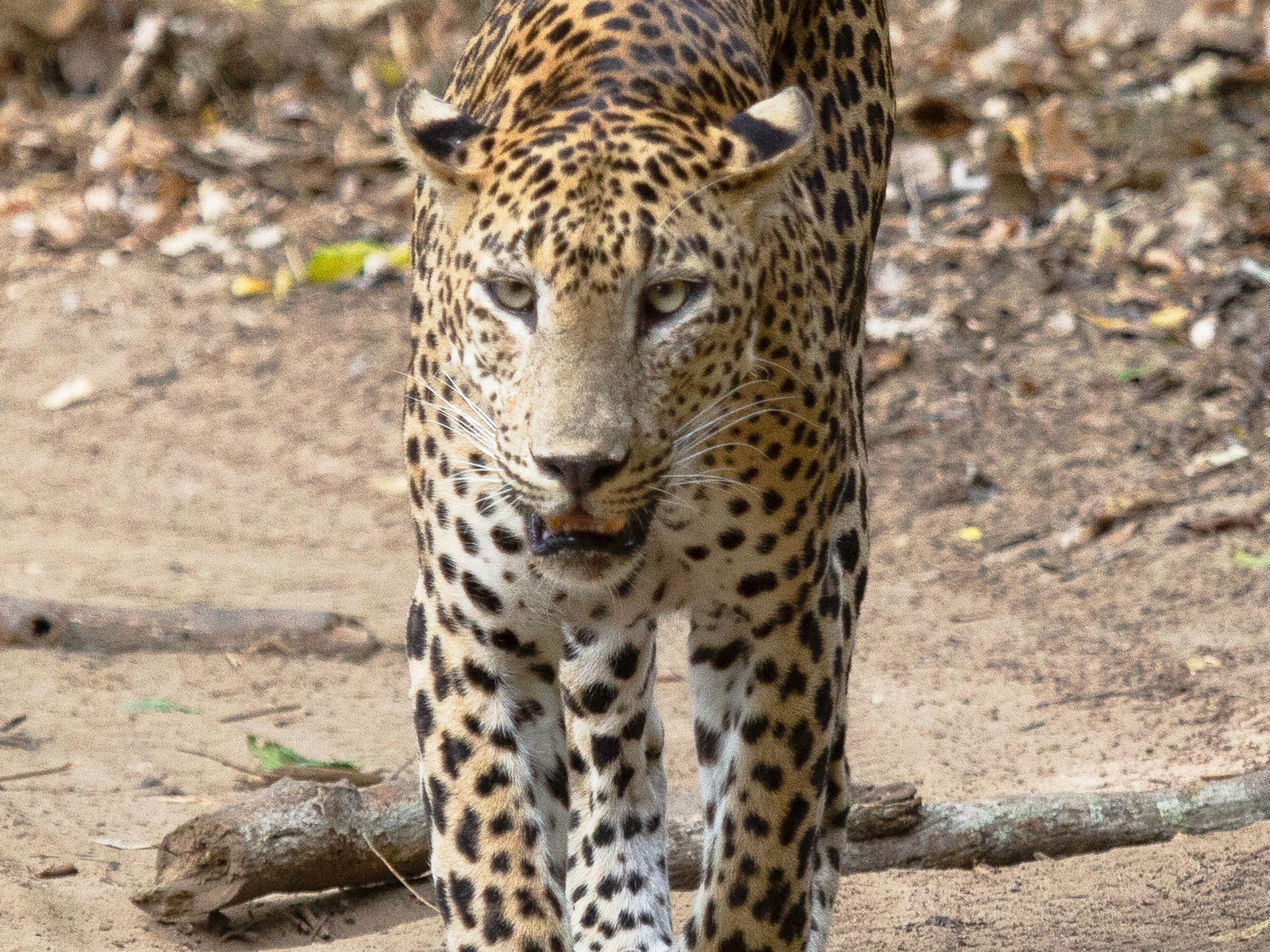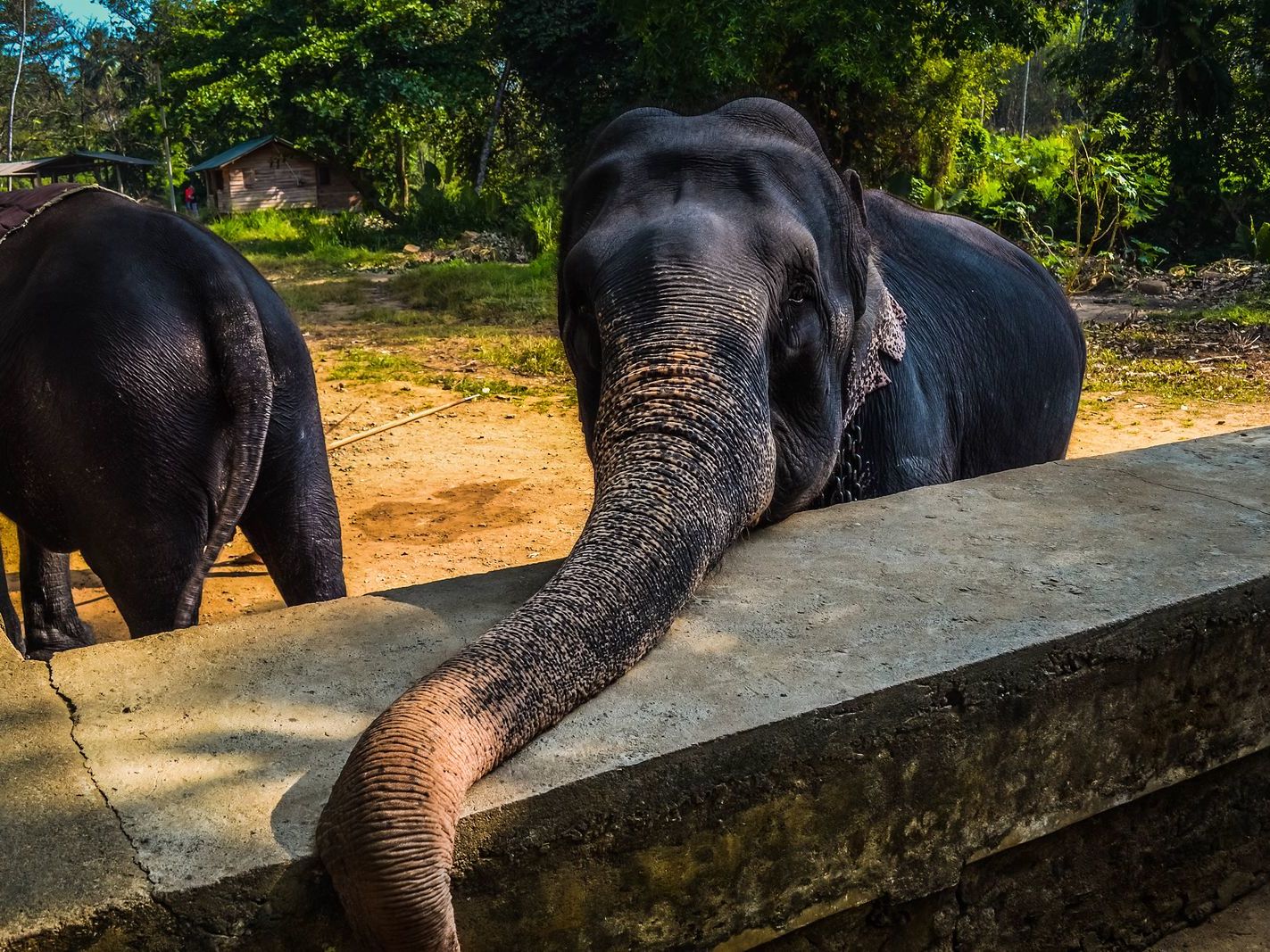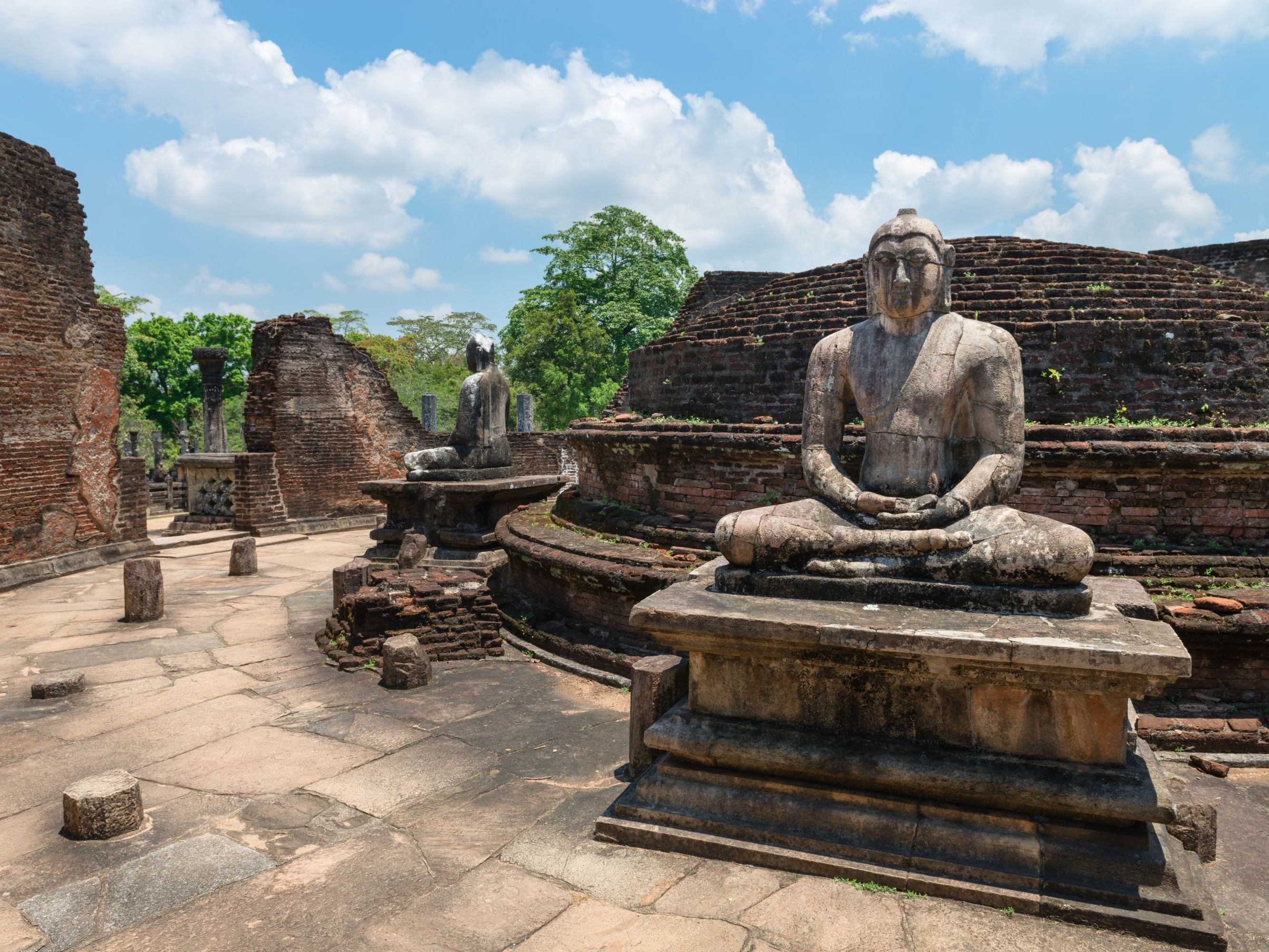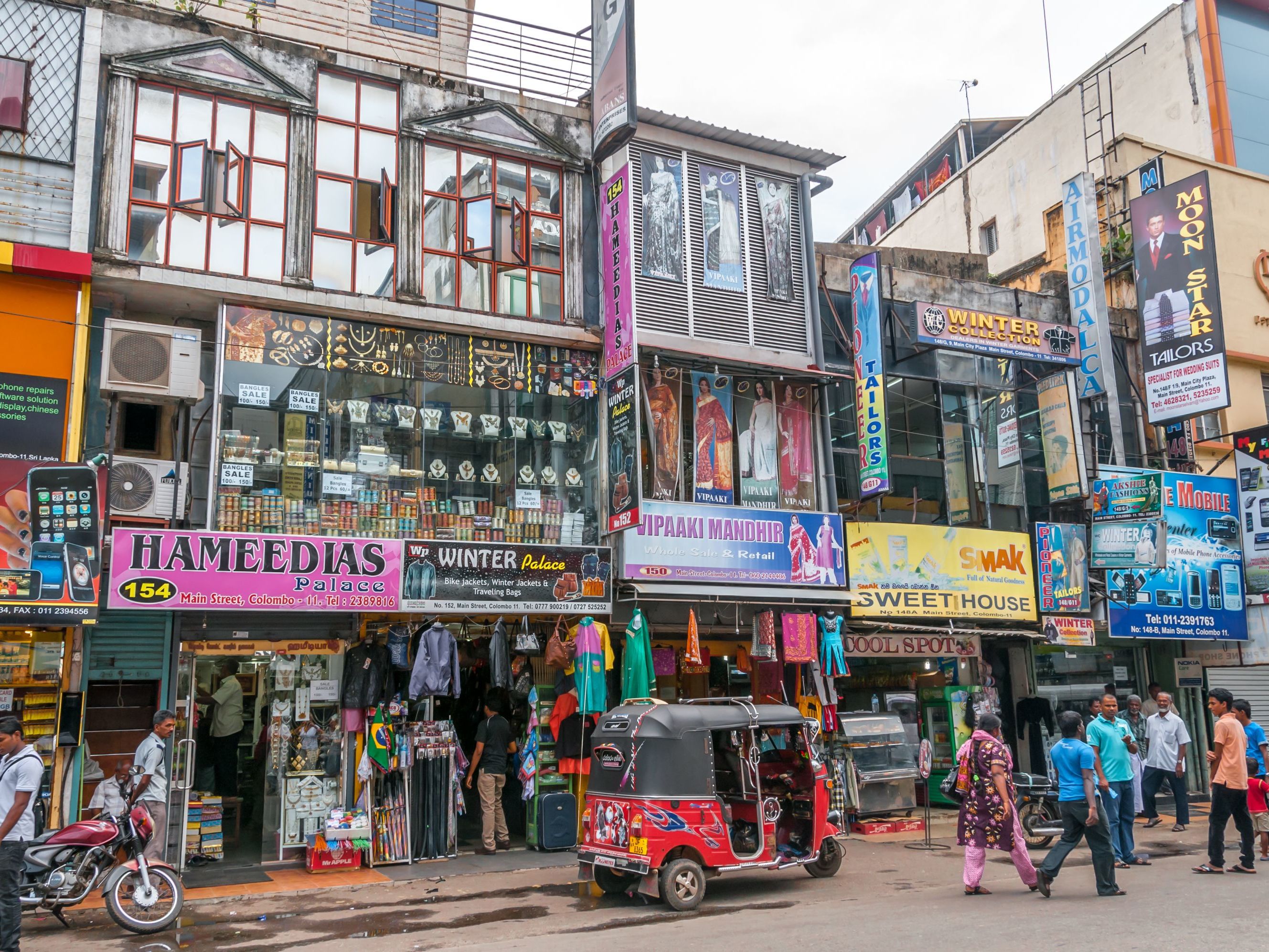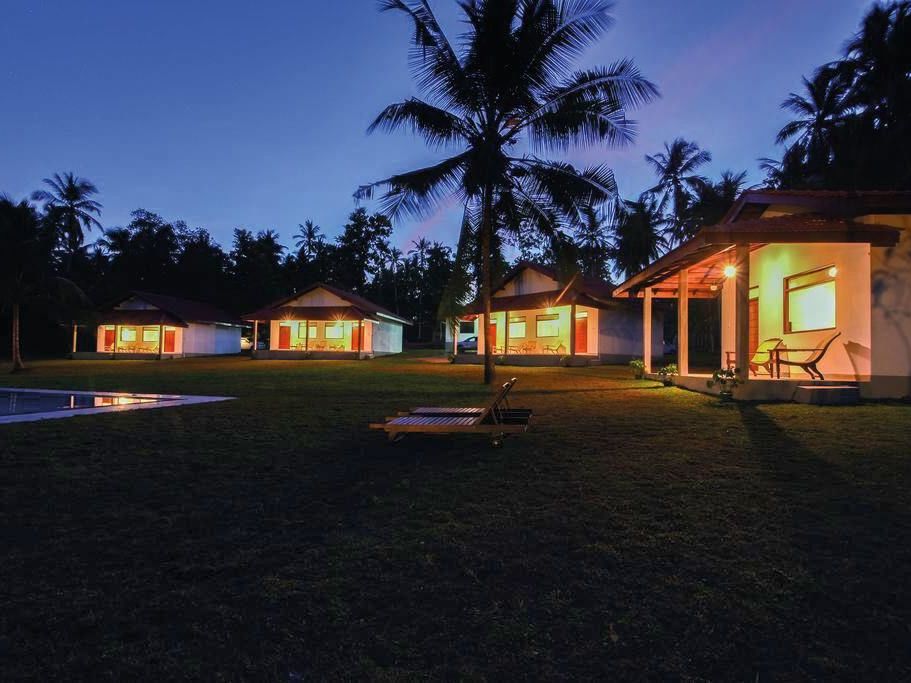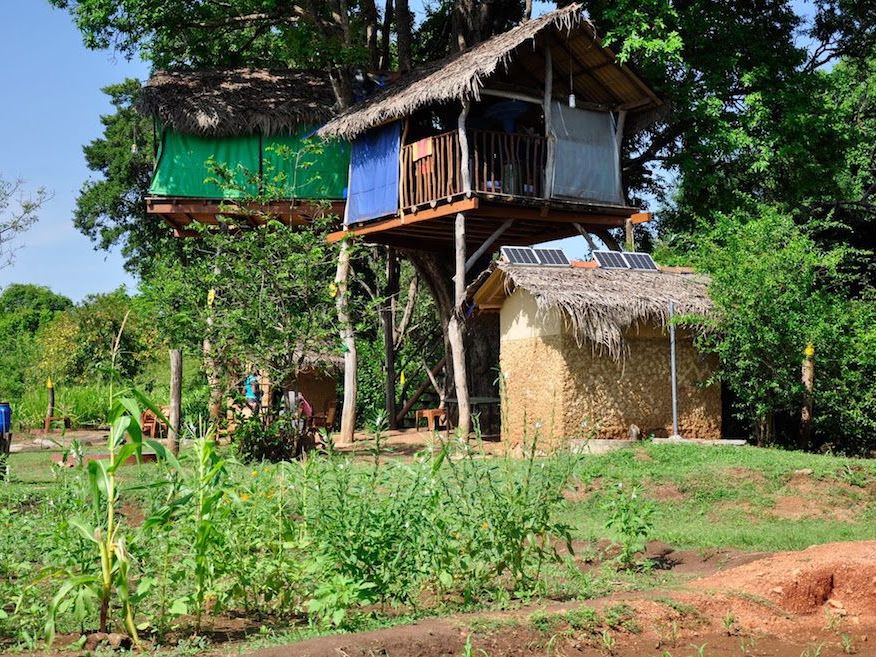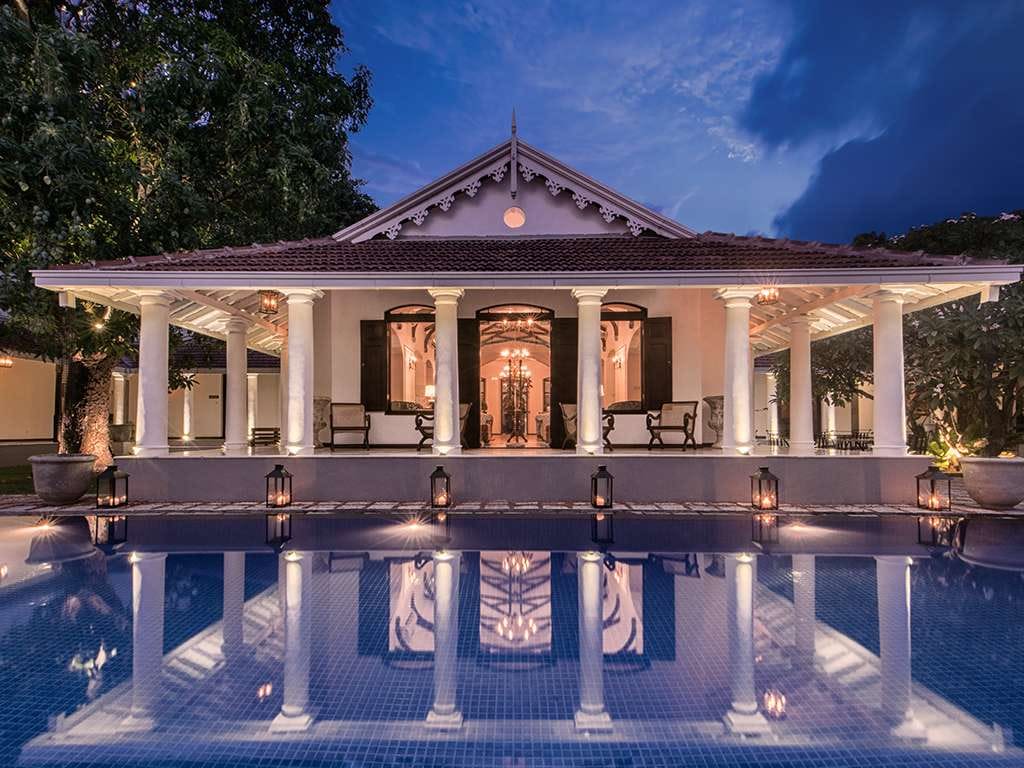- Tour: Village Life in Dunagaha
- Tour: Meet The Manjas: Music of the Ceylon Africans
- Transportation: Internal Transfer
- Accommodation:
The Ibis
- Meals: B, L, D
Village Life in Dunagaha
After breakfast, you'll be met by your local guide Shelton to begin your day of exploration! The best way to discover a country is through its people! Although English is spoken in Sri Lanka, communication can prove to be difficult at times, but a smile always goes a long way. Your visit contributes to the local economy by providing job opportunities to local guides in this rural area. Start the day by taking a tuk-tuk to explore the small villages around Dunagaha. Visit a pineapple farm, a small brick factory, and meet with a local family who specializes in textiles using wooden looms. There is plenty to be seen and enjoyed in the rural back roads. End the journey with a simple rice & curry lunch at a local house in the village. (This service is on a private basis.)
Meet The Manjas: Music of the Ceylon Africans
Along the way, you'll stop in a small village tucked away in Puttalam which is home to a community of Ceylon Africans. Also known as Sri Lankan Kaffirs, they are descendants from the Portuguese traders who frequented the country in the 16th century and the Bantu people, an ethnic group hailing from sub-Saharan Africa who was brought to the country as slaves.
It is not surprising if you haven’t heard of this community before, as many Sri Lankans themselves are unaware of the Kaffirs themselves. During the colonial era, Sri Lanka was under Portuguese colonial control and many Africans slaves were brought to Sri Lanka as laborers or soldiers to fight the Sri Lankan rebels and protect the Portuguese. Whilst most of the Bantu people left with their masters, a few of them remained in the country and the Sri Lankan ‘Kaffirs’ are those descendants.
Their distinctive “Creole” native language has unfortunately faded away and is now virtually extinct. Their language was based on Portuguese and referred to as ‘Sri Lankan Kaffir’ which differs from Sri Lankan Portuguese Creole. In an attempt to keep their traditions alive, Peter Luvie, a fifth-generation descendant brought together some village members and together they formed a band which they named “Ceylon African Manja”. Their songs and dances have now become the only form of passing on the language to the next generation.
Their songs usually start solemnly with an almost pensive character but gradually the tempo picks up the pace and before you know it, you are enveloped in an upbeat cascade of rhythm and percussion. The music has distinctive elements of Baila or Kaffringna which are the more popular forms of African influenced folk music. The music itself is a sight to behold and you will see the band members playing on local Dolki drums as well as many makeshift instruments such as coconut shells, tablespoons, and empty bottles.
They say Music is the universal language – it becomes even more beautiful when it forms a bridge between people and a means of preserving an entire culture. We ensure that these hidden gems are kept under the radar and are not commercialized, and visits like this contribute to exactly that. (This service is on a private basis.)
After the tour, head towards Wilpattu for a couple of nights in the wilderness.(This service is on a private basis.)
Wilpattu
Wilpattu sanctuary was declared as a National Park in 1938. Wilpattu National Park is located on the west coast close to the historical city of Anuradhapura. The dry zone jungle is thickly grown. Wilpattu National Park is home to many villi or natural lakes that dot the landscape in the Wilpattu National Park. These lakes contain rainwater, thus are essential for resident and migratory water-birds. The history of the park is also of interest with ancient ruins having been discovered in Wilpattu National Park. Queen named “Kuweni” (considered to be the mother of the Sinhala race) is said to have lived in the place known as Kalli Villu. Historical evidence also shows the fact that Prince Saliya, son of King Dutugemunu, lived in Wilpattu over 2,000 years ago.
There are approximately 30 species of mammals in the Wilpattu National Park, which include the Sri Lankan Elephant, Sri Lankan Leopard, Lankan Sloth Bear, Sri, Spotted Deer, Buffalo, Sambar, and Mongoose. Wetland bird species found in the Wilpattu National Park include the Garganey, Pintail, Whistling Teal, Spoonbill, White Ibis, Large White Egret, Cattle Egret, and Purple Heron. Also, many species of Gulls, Terns, Owls, Kites, and Eagles live here. The endemic Sri Lanka Jungle fowl, Little Cormorant, and the Painted Stork can also be seen.






